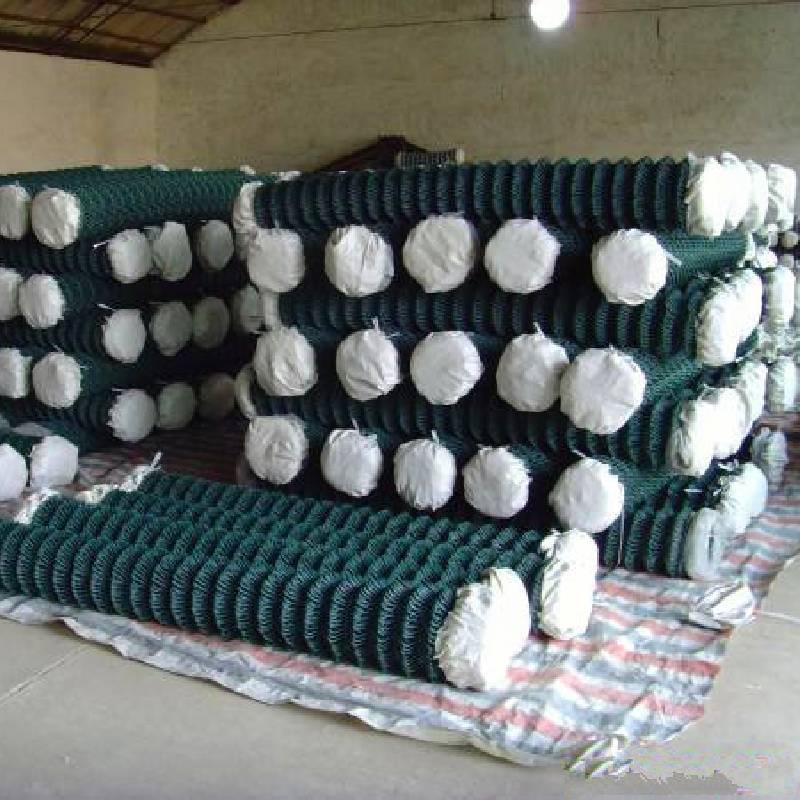
- Mobile Phone
- +8613931874955
- sales@cntcmetal.com
precision compression springs
Understanding Precision Compression Springs
Precision compression springs are vital components in various mechanical systems, playing a crucial role in numerous industries such as automotive, aerospace, electronics, and medical devices. These springs are specifically engineered to provide reliable force and excellent performance under varying loads and conditions. In this article, we will explore the significance, manufacturing processes, applications, and considerations for selecting precision compression springs.
The Significance of Precision Compression Springs
Compression springs are designed to compress and store energy when a load is applied. Unlike other springs, compression springs are typically cylindrical and tightly wound, allowing for significant deformation under pressure. The term precision refers to the stringent tolerances and specifications met during the manufacturing process, ensuring that the springs function as intended.
These springs offer various benefits, including consistent performance, durability, and the ability to operate in confined spaces. They are often used to maintain preset distances in assemblies and to provide resistance against applied forces. Because of their critical role, any failure or malfunction could lead to system breakdowns, making it essential to use high-quality precision compression springs.
Manufacturing Processes
The production of precision compression springs involves several steps to ensure their quality and reliability. The process typically begins with selecting the right material, often spring steel, stainless steel, or other alloys known for their tensile strength and durability.
Once the material is chosen, the manufacturing process involves
1. Wire Drawing The raw material is drawn through a series of dies to achieve the desired diameter. 2. Coiling Using specialized coiling machines, the wire is wound into the spring shape. Precision is key here, as the coil spacing and diameter must meet specific standards.
precision compression springs

3. Heat Treatment This step involves heating the coiled springs to relieve internal stresses and enhance mechanical properties. This heat treatment process is vital for achieving the desired strength and elasticity.
4. Finishing After heat treatment, the springs undergo finishing processes, which may include grinding, shot peening, and surface coating. These processes contribute to the spring's smooth operation and resistance to corrosion.
5. Testing and Quality Control Finally, the springs are subjected to rigorous testing to ensure they meet performance standards. This may involve measuring their load capacity, fatigue resistance, and dimensional accuracy.
Applications of Precision Compression Springs
Precision compression springs have a wide array of applications due to their versatility. In the automotive industry, they are used in suspension systems, brake systems, and engine components. In electronics, they are often found in switches, control mechanisms, and connectors. The medical sector utilizes these springs in devices such as injectors, surgical tools, and equipment that require precise force application.
Moreover, industries like aerospace and manufacturing rely on precision compression springs for various essential components, including landing gear, actuators, and industrial machinery. Their capability to withstand harsh environments and repetitive motion makes them indispensable across many fields.
Considerations for Selection
When selecting precision compression springs, several factors must be considered to ensure optimal performance. These factors include the required spring rate, load capacity, operational environment, and space constraints. Additionally, understanding the specific application and potential stressors is crucial for selecting the appropriate material and design.
In conclusion, precision compression springs are integral components that provide vital functions across multiple industries. Their unique design, coupled with the precision manufacturing processes, ensures they perform reliably under demanding conditions. By taking into account key factors during selection, engineers and designers can ensure that their systems operate efficiently and effectively, ultimately contributing to safety and operational integrity. Whether in automotive applications or critical medical devices, the role of precision compression springs cannot be overstated.
share:
-
Yard Sign Stakes: Reliable Guardians of Outdoor SignsNewsAug.04,2025
-
Wall Ties: Invisible Guardians of Building StabilityNewsAug.04,2025
-
Resilient Web: The Super Guardian Power of Concrete MeshNewsAug.04,2025
-
Masonry Accessories: A versatile assistant on building foundationsNewsAug.04,2025
-
Iron Binding Wire: the 'invisible reinforcement specialist' in the fields of architecture and industryNewsAug.04,2025
-
Dynamic Spring: The diverse functions and excellent performance of Wire Tension SpringNewsAug.04,2025
-
Your Source for Concrete Wall Ties and Masonry AccessoriesNewsJul.10,2025



















